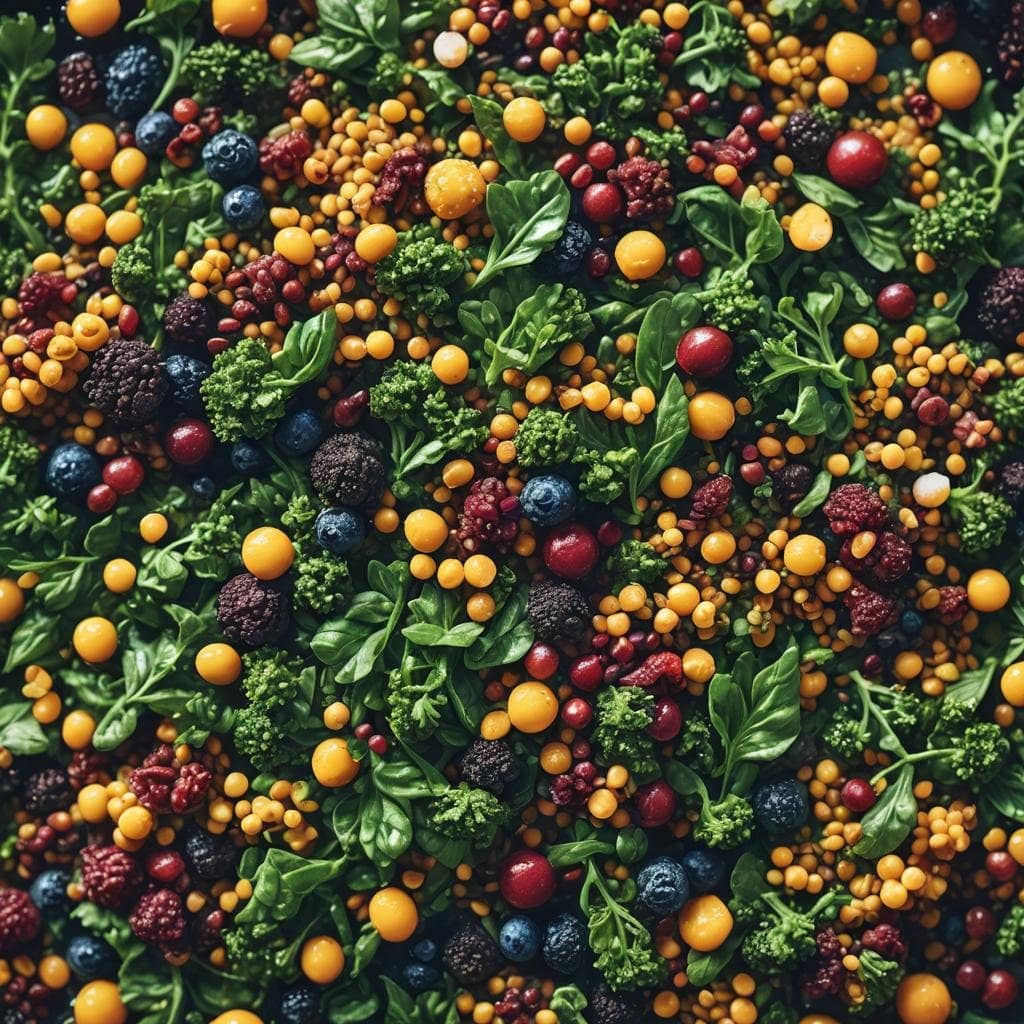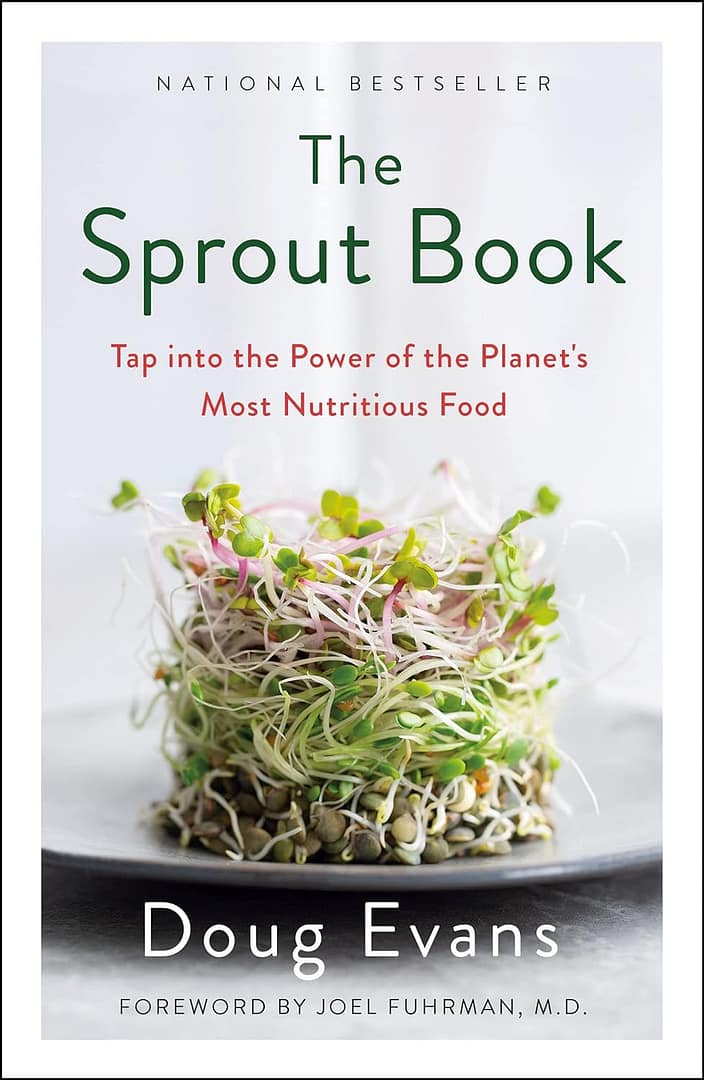Plant-Based Diet and Carbon Footprint Explained
A plant-based diet, which emphasizes the consumption of fruits, vegetables, legumes, nuts, and whole grains, has gained significant attention for its numerous health benefits and its critical role in reducing one’s carbon footprint. But what exactly is a carbon footprint? Simply put, a carbon footprint measures the total greenhouse gases, primarily carbon dioxide, produced by human activities, typically expressed in equivalent tons of carbon dioxide (CO2e). These emissions stem from various sources, including transportation, industry, and notably, dietary choices.
Dietary choices play a substantial role in determining an individual’s carbon footprint. Animal agriculture is a leading contributor to greenhouse gas emissions and environmental degradation. According to the Food and Agriculture Organization of the United Nations (FAO), livestock production accounts for approximately 14.5% of global anthropogenic greenhouse gas emissions, comparable to the emissions from the transportation sector. Furthermore, producing 1 kilogram of beef results in roughly 27 kilograms of CO2e, whereas producing the same amount of vegetables generates less than 2 kilograms of CO2e.
The environmental impact of animal agriculture extends beyond emissions. It requires extensive land for grazing and growing feed crops, contributing to deforestation and loss of biodiversity. Additionally, animal farming consumes vast amounts of water; for example, producing a single pound of beef can require over 1,800 gallons of water, whereas producing plant-based protein sources such as legumes and nuts demands significantly less.
Given the urgency of climate change, which has far-reaching and potentially irreversible impacts on ecosystems and human societies, individual choices have the power to effect meaningful change. Eating a plant-based diet is a practical and impactful way to reduce one’s carbon footprint and mitigate environmental harm. This article will delve into ten specific strategies through which adopting a plant-based diet can contribute to a healthier planet. By making informed dietary choices, each of us can play a pivotal role in combating climate change and fostering a sustainable future.
Top 10 Ways a Plant-Based Diet Reduces Your Carbon Footprint
A plant-based diet can significantly mitigate environmental impacts, primarily by curbing greenhouse gas emissions. According to a report by the U.N. Food and Agriculture Organization, the livestock sector accounts for nearly 14.5% of global greenhouse gases, primarily methane. By reducing or eliminating animal products, the methane output, which is far more potent than CO2, decreases substantially.
Moreover, water usage is another crucial factor. Animal agriculture is highly water-intensive, with estimates suggesting that producing one pound of beef requires approximately 1,800 gallons of water. In stark contrast, plant foods like vegetables and grains generally demand far less water, thereby conserving this vital resource.
Deforestation is closely linked to animal farming as forests are often cleared to create grazing lands. This not only destroys habitats but also disrupts the Earth’s ability to absorb CO2. Transitioning to a plant-based diet alleviates pressure on forests, fostering more sustainable land use. A Cornell University analysis highlighted that grain-fed to produce animal products consume up to 13 times more land than if the same grain were directly consumed by humans.
Biodiversity preservation is inherently tied to reduced deforestation. A diverse ecosystem functions more efficiently and resists environmental stressors better. Plant-based diets enable the restoration of native habitats, giving endangered species a fighting chance.
Transport and storage of meat products also contribute to higher carbon emissions. A shift to plant-based foods, which often require fewer resources to transport and store, can therefore reduce fossil fuel consumption and associated emissions.
In addition, the shift from animal to plant-based proteins reduces soil erosion. By maintaining vegetative cover through crop rotation and support for perennial plants, soil structure remains intact, thereby promoting healthier ecosystems.
Real-world success stories underscore these points. For example, the city of Ghent in Belgium adopted a vegetarian day each week, which led to substantial reductions in their carbon footprint. Similarly, large-scale events like the Vegan Oktoberfest in Los Angeles have shown how community initiatives can drive significant environmental change.
Societal health benefits are another advantage. Reduced consumption of processed and red meats has been linked to lower rates of heart diseases, diabetes, and certain cancers, indirectly reducing the environmental burden on healthcare systems.
The social shift towards sustainability is also driven by plant-based investments. Kong, the Impossible Foods IPO generated substantial interest, showing a strong financial incentive for environmentally-conscious living. As the market for plant-based alternatives grows, so does the collective impact on the environment.
In essence, a plant-based diet offers a comprehensive approach to reducing our carbon footprint. By leveraging local initiatives, supporting biodiversity, and opting for sustainable agricultural practices, each of us can contribute to a healthier planet.
Frequently Asked Questions About Plant-Based Diet and Carbon Footprint
How much can one reduce their carbon footprint by switching to a plant-based diet?
Adopting a plant-based diet can significantly lessen your carbon footprint, reducing it by up to 50%. The meat and dairy industries are among the largest contributors to greenhouse gas emissions, including methane and nitrous oxide. By shifting to a diet centered around plants, you can diminish these emissions substantially, not only reducing your greenhouse gas output but also contributing less to deforestation and biodiversity loss.
Is a plant-based diet nutritionally complete?
Yes, a plant-based diet can be nutritionally complete. A well-planned plant-based diet provides all essential nutrients including proteins, vitamins, and minerals. Key nutrients such as vitamin B12, iron, calcium, and omega-3 fatty acids need attentional consideration, but they can be obtained from fortified foods or supplements if needed. Diversifying your food intake, including legumes, nuts, seeds, and a variety of vegetables and fruits, can cover your nutritional bases.
What are the easiest plant-based meals to prepare?
Some of the easiest plant-based meals to prepare include salads, smoothies, stir-fries, and grain bowls. These meals not only require minimal cooking but also allow for immense variety and customization to suit personal taste preferences. For instance, a stir-fry with mixed vegetables and tofu, flavored with soy sauce and ginger, makes a quick and nutritious option. Similarly, a grain bowl with quinoa, roasted veggies, avocado, and a tahini dressing offers a balance of proteins, carbs, and fats.
Are there any affordable plant-based options?
Absolutely, plant-based eating can be very budget-friendly. Staples like beans, lentils, rice, oats, and seasonal vegetables often cost less than animal products. Meal planning and buying in bulk can further reduce costs. Additionally, cooking at home rather than eating out allows for cost management, ensuring nutritious meals without breaking the bank.
How can I find tasty plant-based recipes?
Finding tasty plant-based recipes has never been easier, thanks to numerous online resources, apps, and cookbooks dedicated to plant-based eating. Websites like Minimalist Baker and apps like Forks Over Knives offer a plethora of recipes that cater to both beginners and advanced cooks. Joining plant-based communities on social media platforms can also provide recipe inspiration and useful tips.
What are the common misconceptions about plant-based diets?
One common misconception is that plant-based diets are inherently protein-deficient. In reality, plants provide ample protein sources such as lentils, chickpeas, tofu, and quinoa. Another myth is that plant-based diets are expensive. As highlighted earlier, with proper planning and smart shopping, they can be quite affordable. Lastly, some may think plant-based meals are bland or unenjoyable, but diverse cuisines and creative recipes debunk this myth, proving that plant-based meals can be flavorful and satisfying.
Products That Support Your Plant-Based Journey
Adopting a plant-based diet can be an invigorating yet challenging experience. Fortunately, several best-selling products on Amazon can make this journey more manageable and enjoyable. Here, we highlight three standout items that can help you seamlessly transition to a plant-based lifestyle by addressing common hurdles such as meal preparation, nutrient intake, and finding delectable recipes.
First on the list is the Vitamix 5200 Blender. This high-quality blender is a game-changer for anyone transitioning to a plant-based diet. Capable of blending the toughest ingredients, it allows users to effortlessly prepare smoothies, soups, and plant-based sauces. This versatility helps in maintaining a diverse and enjoyable diet, ensuring you get the necessary nutrients from various fruits and vegetables. The power and reliability of the Vitamix 5200 make it an investment in both your health and culinary adventures.
Next, the “Forks Over Knives” Cookbook serves as an invaluable resource for both beginners and seasoned plant-based enthusiasts. This bestselling cookbook provides an array of delicious, easy-to-follow recipes that can inspire your daily meals. Each recipe focuses on whole, plant-based ingredients, helping you discover new ways to enjoy nature’s bounty. The cookbook also demystifies plant-based cuisine, making it more accessible and less intimidating for those unfamiliar with it. Whether you’re looking for quick weeknight dinners or elaborate weekend spreads, “Forks Over Knives” has something for every occasion.
Lastly, consider investing in a set of reusable produce bags. These eco-friendly bags not only reduce plastic waste during your grocery trips but also help in organizing your produce better at home. Often made from durable, washable materials, they can be used repeatedly, promoting a more sustainable shopping routine. By adopting reusable produce bags, you’re taking a small but significant step towards reducing your environmental impact while supporting your plant-based journey.
These products collectively enhance the convenience and enjoyment of a plant-based diet, making the transition smoother and more appealing. Whether blending nutritious smoothies, exploring new recipes, or shopping sustainably, these tools equip you to fully embrace and maintain a more eco-friendly eating habit.
ⓘ Disclaimer:
Please note that the information provided in this blog post is for general informational purposes only and does not constitute professional advice. The author of this article is not an expert. It is important to consult with a qualified professional. The content of this blog post is based on the author’s personal experiences, research, and opinions. SmoothiePerks.com nor the author assumes no responsibility or liability for any consequences resulting from the use of this information. By reading this blog post, you acknowledge and accept that the information provided here is not a substitute for professional advice.
ⓘ Disclosure
Amazon Associates Program: smoothieperks.com is a participant in the Amazon Services LLC Associates Program, an affiliate advertising program designed to provide a means for sites to earn fees by advertising and linking to Amazon.com.
ⓘ Affiliate Disclaimer/Disclosure:
Please assume any links to 3rd party products are affiliate links for which I may receive a small payment from the vendor if you decide to sign up or purchase – at no cost to you.




